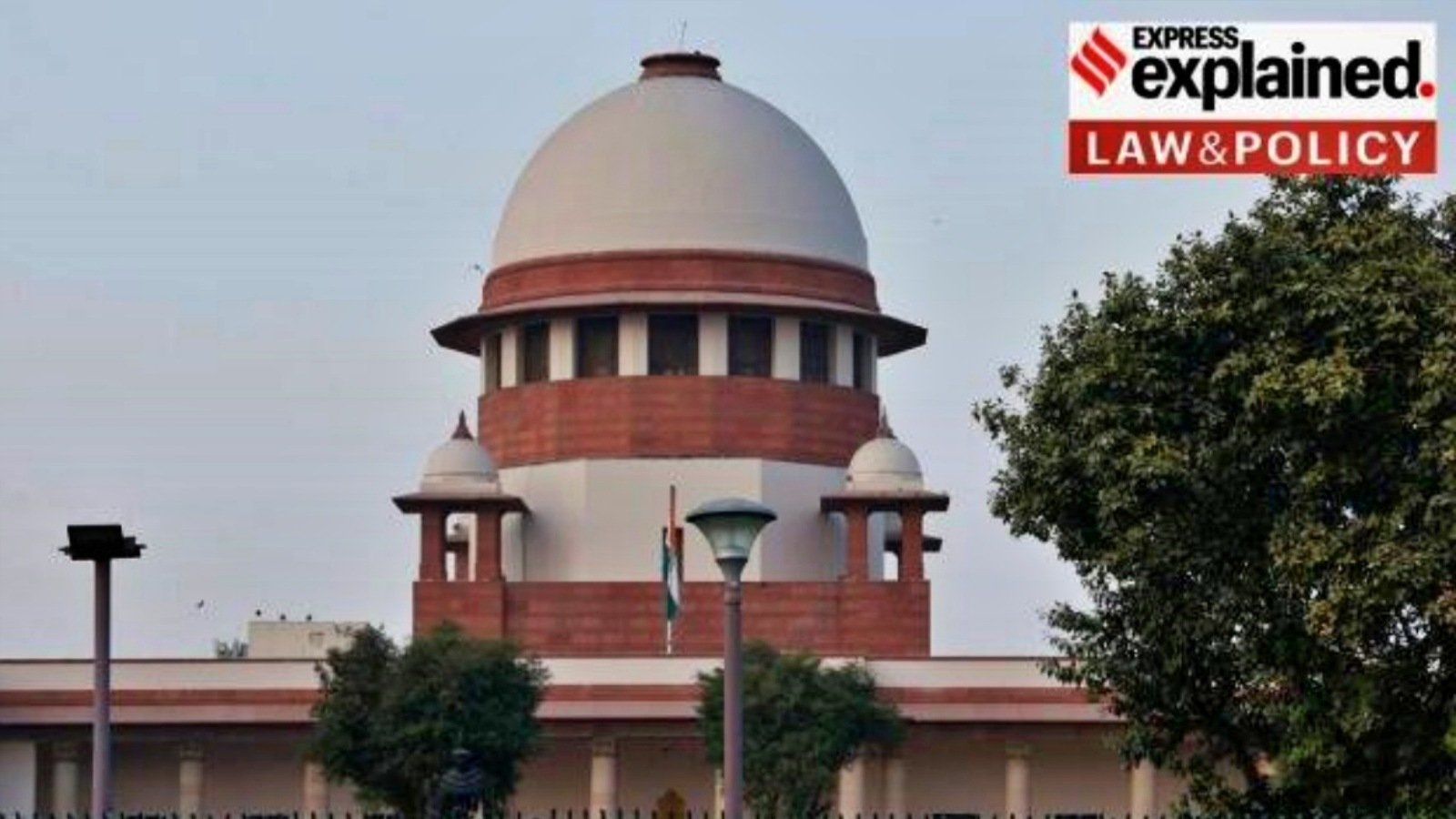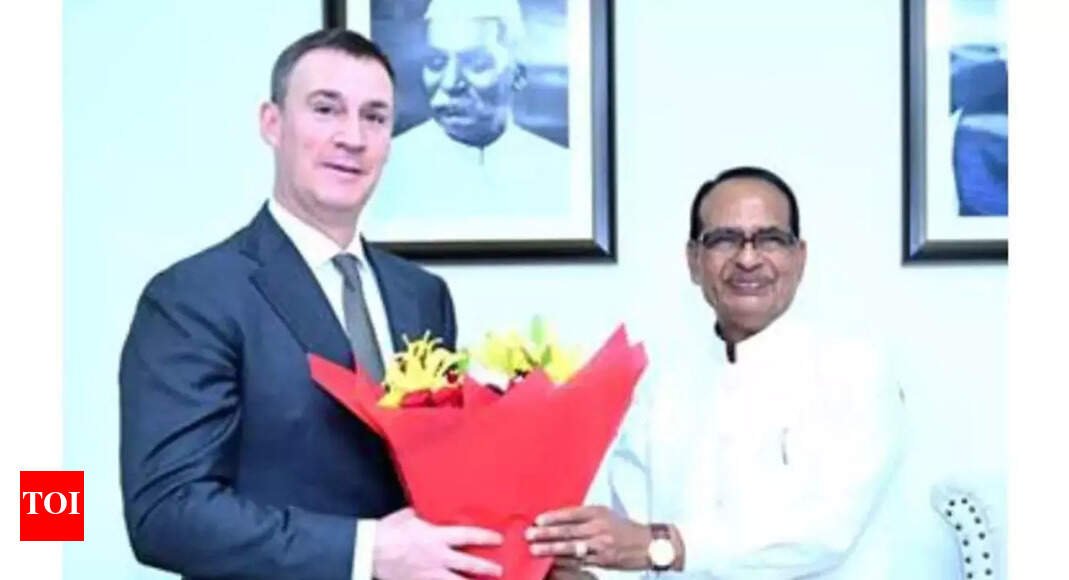The Supreme Court on Monday cast doubt on a Constitution Bench judgment from a decade ago that exempted minority educational institutions from the provisions of the Right of Children to Free and Compulsory Education Act, 2009 (RTE Act).
A two-judge Bench of Justices Dipankar Datta and Manmohan, while deciding on whether the Teacher Eligibility Test (TET) was mandatory for minority schools, held that the ruling in Pramati Educational and Cultural Trust v Union of India (2014) requires reconsideration by a larger Bench of the SC.
The court observed that by taking minority schools out of the ambit of the RTE Act, the Pramati judgment may have jeopardised the fundamental right to quality education for children studying in them.
The TET case judgment
The two-judge Bench ruled on a batch of appeals on whether (i) TET could be made mandatory for teachers in minority schools, and (ii) in-service teachers in non-minority schools who were appointed before the RTE Act came into force, must pass TET to be eligible for promotion or continue in service. TET is the minimum qualification for appointment as teacher for Classes 1 to 8.
The court referred the issue of the applicability of the RTE Act to minority schools to a larger Bench, and passed a nuanced order for in-service teachers of non-minority schools.
It directed that teachers with less than five years of service remaining may continue in their jobs without clearing TET, although they would have to pass the test in order to be promoted. Teachers with more than five years left for retirement must clear TET within two years. (Anjuman Ishaat e Taleem Trust v. The State of Maharashtra)
Criticism of Pramati ruling
The Bench said that the verdict in Pramati appeared “legally suspect”, “questionable”, and “disproportionate” because the five-judge Bench had struck down the applicability of the entire RTE Act to minority institutions based almost entirely on its analysis of a single provision of the Act — Section 12(1)(c).
Story continues below this ad
This section requires all schools to reserve at least 25% of seats in Class 1 for “children belonging to weaker sections and disadvantaged groups in the neighbourhood”.
The court pointed to a critical conflict created by the sweeping exemption: While Article 30(1) of the Constitution protects the right of minority groups to establish and administer their institutions, Article 21A guarantees every child a fundamental right to education. Therefore, the Bench reasoned, exempting minority schools from the Act denies children studying in them the statutory benefits and protections that flow from the fundamental right under Article 21A.
The Bench called for a harmonious interpretation where the rights under Article 21A and Article 30(1) “can and must co-exist mutually” rather than one being treated as an “unqualified trump card” over the other.
What Pramati ruling held
The five-judge Constitution Bench was deciding the validity of The Constitution (86th Amendment) Act, 2002, which introduced Article 21A, and The Constitution (93rd Amendment) Act, 2005, which introduced Article 15(5) in the Constitution.
Story continues below this ad
Article 21A established education as a fundamental right; Article 15(5) allowed the state to make special provisions for backward classes, SCs, and STs in educational institutions, including private educational institutions, “whether aided or unaided by the State, other than the minority educational institutions”.
Pramati upheld the validity of both amendments, but ruled that the RTE Act was unconstitutional “insofar as it applies to minority schools, aided or unaided, covered under clause (1) of Article 30…”.
The court reasoned that the unique character of minority institutions must be protected. It feared that forcing these institutions to comply with the RTE Act would lead to an “abrogation” of their fundamental right under Article 30(1) to “establish and administer educational institutions of their choice”.
The judgment said that a “legal obligation [under Section 12(1)(c)] to admit children belonging to weaker sections and disadvantaged groups in the neighbourhood who need not be children of the members of the minority community…cannot be forced upon a minority institution because that may destroy the minority character of the school”.
Story continues below this ad
What the RTE Act says
The Act guarantees free elementary education for children of ages 6-14. Government schools are required to provide free education to all enrolled children; aided schools must provide free seats proportionate to the aid they receive. Private unaided schools are required to reserve 25% of entry-level seats for children from disadvantaged groups, reimbursed by the state (Section 12(1)(c)).
The Act sets minimum standards of pupil-teacher ratios, trained teachers, infrastructure, and libraries, bans corporal punishment and capitation fees, and places an obligation on all schools to contribute to universal education.
R Govinda, who was instrumental in drafting the RTE, wrote in the Routledge Companion to Primary Education in India (2023), that “the RTE Act is child-centric and not institution-centric”. Govinda told The Indian Express: “We believed [the Act] was about the fundamental right of the child, not the administrative rights of schools. There was no need to exempt minority institutions. The right of an individual child should be held higher than the collective right of groups to run institutions as they wish.”
Following Pramati exception
The two-judge Bench cited a study by the National Commission for Protection of Child Rights, which found that only 8.76% students in minority schools were from disadvantaged backgrounds, and that 62.5% of students belonged to non-minority communities.
Story continues below this ad
“This is indicative of many institutions labelled as ‘minority’ not serving their communities exclusively, but continuing to enjoy exemption from inclusionary mandates,” the Bench said.
After the RTE Act came into effect in 2010, private schools and minority groups complained that the 25% quota infringed on their autonomy, and the law was challenged in court.
In April 2012, a three-judge Bench upheld the Act, but it exempted unaided minority institutions, ruling that quotas would “change their character” and breach Article 30(1). The 2014 ruling extended the exemption to all minority schools, regardless of whether they received government aid or not.
Following the judgment, many private schools were alleged to have sought minority status — sometimes with only a token minority management — to escape RTE compliance.
Story continues below this ad
Dr Latika Gupta of the Department of Education at Delhi University said: “Many so-called minority schools that were essentially private institutions with a minority label could escape norms. They did not admit poor children from their own community and continued as elite institutions.”
Gupta said that Tuesday’s ruling takes a step towards helping “children in minority institutions to benefit from [RTE] norms on libraries, pupil-teacher ratios, and bans on corporal punishment, etc”.
Anita Rampal, a former dean of the Department of Education at DU, described the ruling as “a sound position in line with children’s rights”. She said: “The Right to Education deals with children’s entitlements — the quality of education, the qualification of teachers. Exempting schools from this undermines those rights.”




